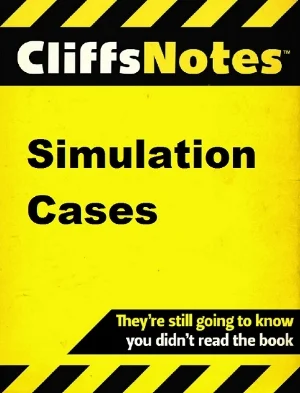The first patient on your overnight shift is a 57 yo female with end stage renal disease, presenting with weakness and confusion. After a quick history, you discover she missed her dialysis two days ago because she "didn't feel well enough to go." You quickly order an EKG and labs, and when they result, they confirm your suspicion - her potassium is 6.8 mEq/L. After you give her calcium, insulin/dextrose and sodium bicarbonate to stabilize her, you consult your friendly neighborhood nephrologist for emergent dialysis. He tells you to give her some kayexalate and they will dialyze her in the morning. . . but will the kayexalate really buy enough time until tomorrow?
Read More



















